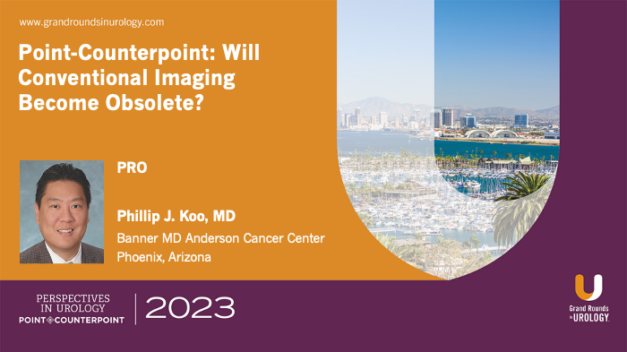Penile Cancer Fundamentals
Aditya Bagrodia, MD, FACS, discusses the fundamentals of penile cancer. He begins by acknowledging that penile cancer is rare, with approximately 2,000 cases diagnosed and 470 deaths reported each year.
In this presentation, Dr. Bagrodia covers, Types of Penile Cancer, Risk and Mitigating Factors for Penile Cancer, and Diagnosis, Treatment, and Outcomes for Penile Cancer.
Dr. Bagrodia concludes that penile cancer is treatable when diagnosed at an early stage. He stresses the importance of early biopsies, and overcoming patient hesitance and embarrassment by reinforcing the gravity of the situation.
Read More




